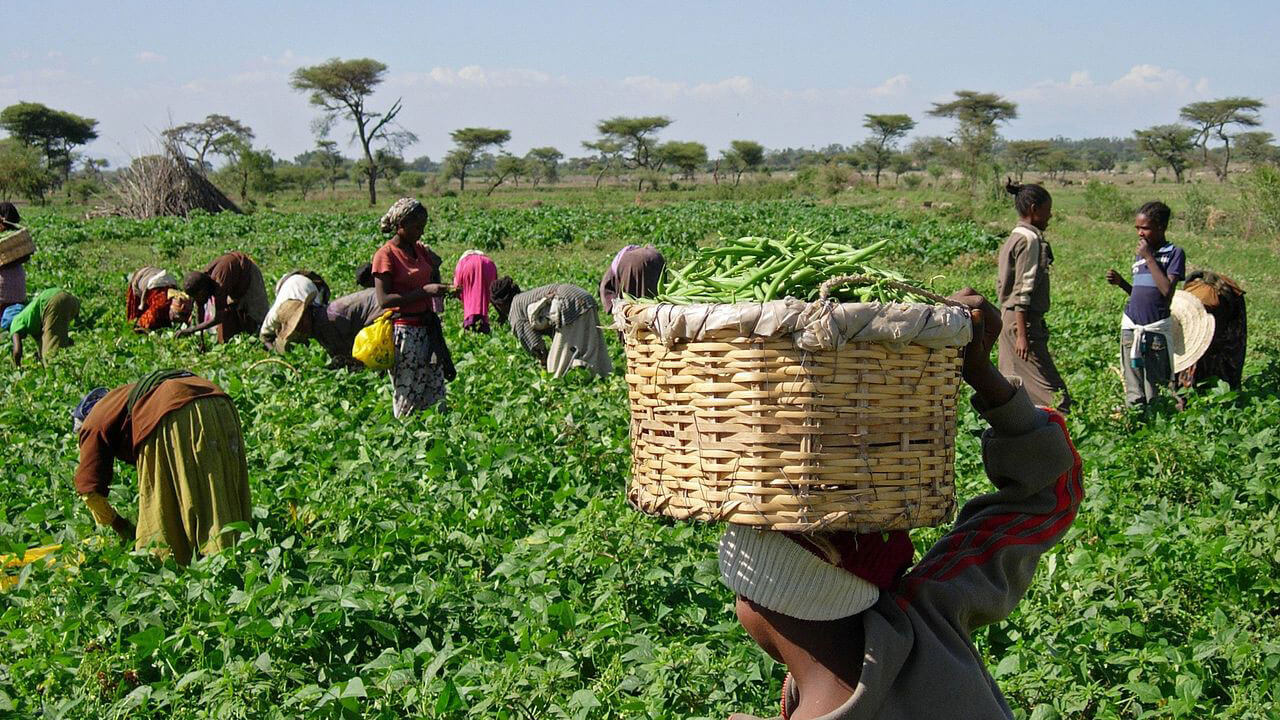As ravaging drought, low rainfall and war in Europe resulted in a global slump in cereal production in 2022, some African countries went against the grain, recording bumper harvests.
Niger, Sudan, Mali, Mozambique and Chad are among the countries that recorded the biggest harvests, of 10% or more above average yields in 2022, a quarterly report from the United Nations’ Food and Agriculture Organization (FAO) shows.
Favourable weather and government subsidy programmes helped smallholder farmers in these countries improve maise, millet, sorghum, wheat and rice yields last year.
“Generally conducive weather conditions, coupled with support to farmers provided by national governments, mainly in subsidised inputs, led to above-average cereal outputs in most countries,” said the FAO of African yields.
Break down
Niger saw the largest increase in cereal production – by 65.5% to 5.8 million tonnes – driven by significant coarse grains production from 3.4 million tonnes in 2021 to 5.6 million tonnes last year.
Sudan defied a ravaging drought in East Africa to record the second-highest rise – by 50.3% to 7.7 million tonnes – again driven by the increased yield of coarse grains that saw annual growth increase from 4.5 million tonnes in 2021 to 7.2 million tonnes.
“Cereal production (in Sudan) is estimated at an above-average level in 2022, reflecting conducive seasonal rains,” according to the report.
In Mali, cereal production rose by 16.7% to 10.3 million tonnes, following a coarse grains production jump by a million tonnes to 7.4 million tonnes. Rice yields in the country grew from 2.4 million tonnes to 2.9 million tonnes.
Chad saw a 10.1% rise in cereal production to 2.9 million tonnes, also driven mainly by a coarse grains increase from 2.4 million tonnes to 2.9 million tonnes.
The FAO’s global crop prospects and food situation report shows the continent’s largest grain-producing regions – West Africa (+7%) and East Africa (+1.2%) recorded an overall rise in aggregate cereals yields.
Poor showing in Nigeria, Ethiopia, others
However, of the largest grain-producing countries in these two regions, Nigeria only recorded a marginal rise in overall cereal production by 1% from 29.9 million tonnes to 30.2 million tonnes in 2022.
Rice production in the country grew more – from 8.3 million tonnes in 2021 to 8.5 million tonnes – than coarse grains, whose yield rose only marginally from 21.5 million tonnes to 21.6 million tonnes.
In 2022, Nigerian President Mouhamad Buhari unveiled a series of rice pyramids to publicise yields resulting from a smallholder farmers’ financing scheme – the Anchor Borrowers Programme – launched in 2015 and run by the Central Bank of Nigeria (CBN).
Under the programme, the Nigerian Central Bank gave loans to over 3,000 rice farmers to trigger a revolution in rice farming in the country. This resulted in an increase in output from about 2 million tonnes when the programme started to 8.5 million tonnes now.
Ethiopia, the largest grain producer in East Africa, saw a marginal drop of 2.5% to 27.6 million tonnes in overall production.
While coarse grains yields dropped from 22.8 million tonnes the previous year to 22.1 million tonnes, wheat production recorded a flat growth at 5.2 million tonnes showing that recent incentives to plant larger areas are yet to impact yields.
In a small farmer support initiative started three years ago, the country has grown from 800,000 hectares of wheat in the Oromia region to 1.2 million hectares in 2022. The target is to more than double the original area to 1.7 million hectares by the close of 2023.
Ethiopia said it had started exporting some of its wheat to neighbouring countries such as Kenya, Djibouti, Sudan, and Somalia.
“We have fulfilled what we promised our people, and today, we have made Ethiopia’s wheat export dream a reality. It is testimony that we dream big; say what we dream; do what we say, working day and night, and show what we have done after completion,” said Ethiopian prime minister, Abiy Ahmed, in a tweet on his official handle showing piles of 90-kilogramme bags of harvested wheat.
Burkina Faso’s cereal production rose by 4.4% to 4.9 million tonnes, while in Southern Africa, only Mozambique recorded a rise in cereal production – by 11.9% to 2.7 million tonnes.
South Africa, the largest producer in Southern Africa, recorded a 5.3% drop in overall production, with yields under threat due to widespread power outages. South Africa relies heavily on irrigation for its crop growth.
“Weather conditions have been generally favourable, supporting good yield prospects, but the effects of nationwide power interruptions on irrigation systems and potentially reduced fertiliser application rates could curtail crop production,” FAO’s report said.
In Central Africa, Cameroon recorded a 1.3% rise in cereal production to 3.8 million tonnes, while the Central African Republic, the smallest producer in that region, saw a 4.2 % jump in production.
In North Africa, higher wheat production pushed cereal yields up 4.1 million tonnes after a 17.1 % jump the previous year.
In Egypt, harvests went up by 5.3% to 23.5 million tonnes, helped by a larger cereal area under irrigation, while Tunisia grew its overall production by 9.3% to 1.8 million tonnes.
“In Algeria, Morocco and Tunisia, where cereal cultivation is mostly rainfed, rainfall amounts and distribution were adequate at the onset of the season to allow planting operations,” said FAO.
Despite the bumper crops, however, Africa’s aggregate cereal production dropped by 2.3% due to a ravaging drought in East Africa and lower rainfall and power woes in Southern Africa.
bird story agency
In 2022, despite global cereal production declines due to drought and conflict in Europe, some African nations achieved substantial harvests. Countries like Niger, Sudan, Mali, Mozambique, and Chad saw cereal yields increase by 10% or more due to favorable weather and government subsidies. Niger's production rose by 65.5%, Sudan by 50.3%, while Mali, Chad, and Mozambique also reported significant increases.
However, overall cereal production in Africa dropped by 2.3% due to challenges in East and Southern Africa. Nigeria and Ethiopia showed only marginal improvements or declines in production. Government initiatives in Nigeria and Ethiopia aim to boost yields, with Nigeria's rice production increasing due to the Anchor Borrowers Programme.
Southern Africa saw mixed results, with a 5.3% decrease in South Africa's production due to power outages impacting irrigation. North Africa recorded increases in cereal yields, with Egypt and Tunisia showing notable rises. Despite regional gains, the continent’s overall yields were negatively affected by adverse weather conditions.






